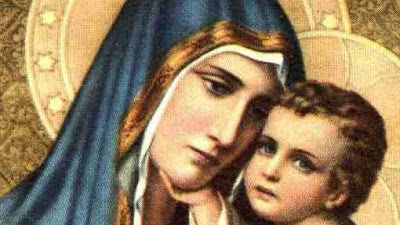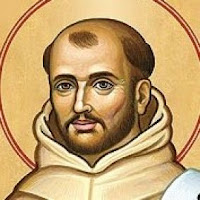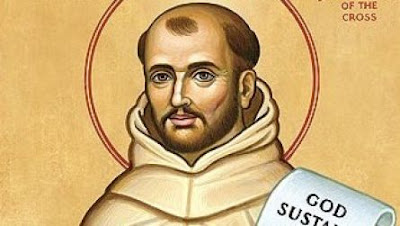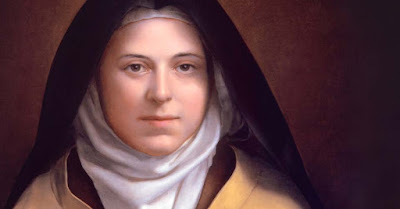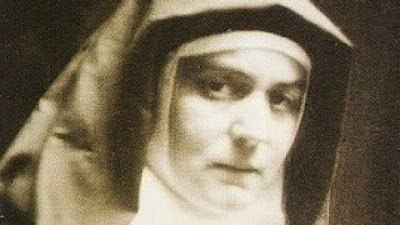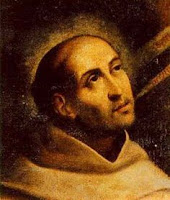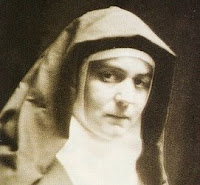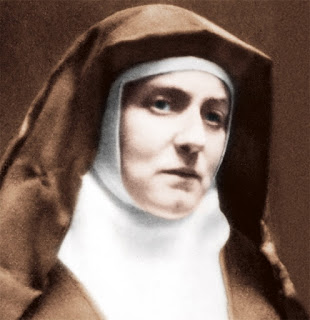Saint Teresa of Ávila, Virgin and Doctor of the Church

Memorial - October 15th Saint Teresa of Ávila, (1515-1582) also called St. Teresa of Jesus, is a 16th century Spanish mystic, foundress, and Doctor of the Church. Baptized Teresa Sánchez de Cepeda y Ahumada, she was born into a wealthy family at Ávila, Spain, the third of nine children. In her youth she was described as beautiful, precocious and marked by a spiritual acuity beyond her years. Of her initial formation and temperament, she observed: "The possession of virtuous parents who lived in the fear of God, together with those favors which I received from his Divine Majesty, might have made me good, if I had not been so very wicked." Teresa was 14 when her mother died. Overcome with grief, she asked the Virgin Mary to be her spiritual mother and help. Despite her pious upbringing and Godly inclination; Teresa’s interest was briefly given to superficial pursuits. Enamored with tales of chivalry, the future saint deigned to write the same, and, for a short time, c
